Search
Search Results
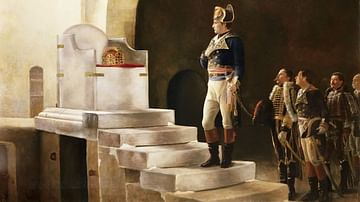
Image
Napoleon in Aachen by Henri-Paul Motte
A painting (dated 1898) of a fictionalised event in which Napoleon (1769-1821) looks upon Charlemagne's imperial crown in Aachen, Germany, to symbolise the continuity between one European conqueror and another. Current location unknown.
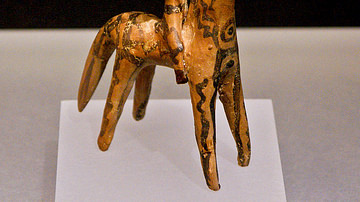
Definition
Warfare
Warfare is generally understood to be the controlled and systematic waging of armed conflict between sovereign nations or states, using military might and strategy, until one opponent is defeated on the field or sues for peace in the face...

Video
Aachen Cathedral (UNESCO/NHK)
Construction of this palatine chapel, with its octagonal basilica and cupola, began c. 790—800 A.D. under the Emperor Charlemagne. Originally inspired by the churches of the Eastern part of the Holy Roman Empire, it was splendidly enlarged...
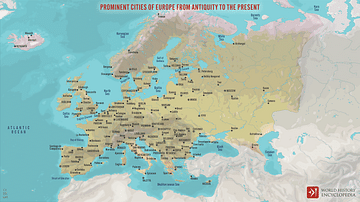
Image
Prominent Cities of Europe from Antiquity to the Present
A map of Europe displaying important cities that shaped its history, from antiquity to the present. Cities on the map represent key centers throughout history. Each city represents a distinct period from Athens, Rome, and Constantinople (now...
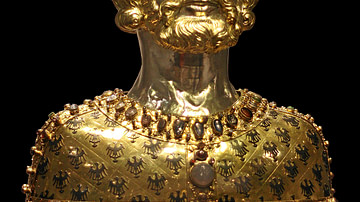
Image
Bust of Charlemagne
Bust of Charlemagne (Charles the Great, also known as Charles I, l. 742-814 CE), King of the Franks (r. 768-814 CE), King of the Franks and Lombards (r. 774-814 CE), and Holy Roman Emperor (r. 800-814 CE), in the Aachen Cathedral Treasury.
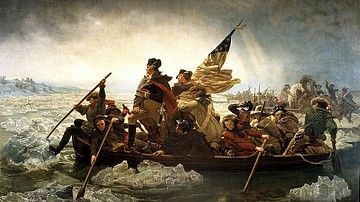
Article
New York and New Jersey Campaign
The New York and New Jersey Campaign (3 July 1776 to 3 January 1777) was a pivotal campaign waged during the American Revolutionary War (1775-1783) for control of New York City, the Hudson River, and the resource-rich state of New Jersey...
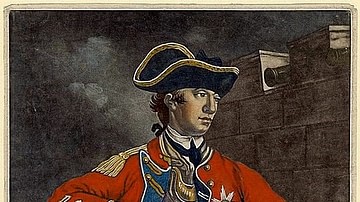
Definition
William Howe
Sir William Howe (1729-1814) was a British military officer and politician, most notable for his role as commander-in-chief of the British army during the initial years of the American Revolutionary War (1775-1783). Despite several significant...
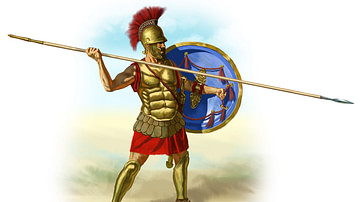
Definition
Hoplite
A hoplite (from ta hopla meaning tool or equipment) was the most common type of heavily armed foot-soldier in ancient Greece from the 7th to 4th centuries BCE, and most ordinary citizens of Greek city-states with sufficient means were expected...
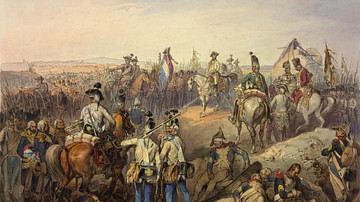
Definition
Battle of Neerwinden
The Battle of Neerwinden saw the major defeat of a French republican army by an allied force of Austrians and Dutch during the War of the First Coalition (1792-97), part of the broader French Revolutionary Wars (1792-1802). The battle drove...
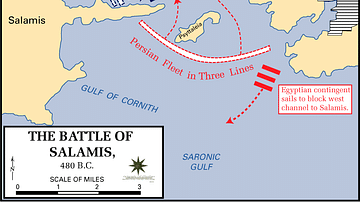
Definition
Battle of Salamis
The Battle of Salamis was a naval battle between Greek and Persian forces in the Saronic Gulf, Greece in September 480 BCE. The Greeks had recently lost the Battle of Thermopylae and drawn the naval Battle at Artemision, both in August 480...